WA-SHOKU: THE ART OF JAPANESE CUISINE
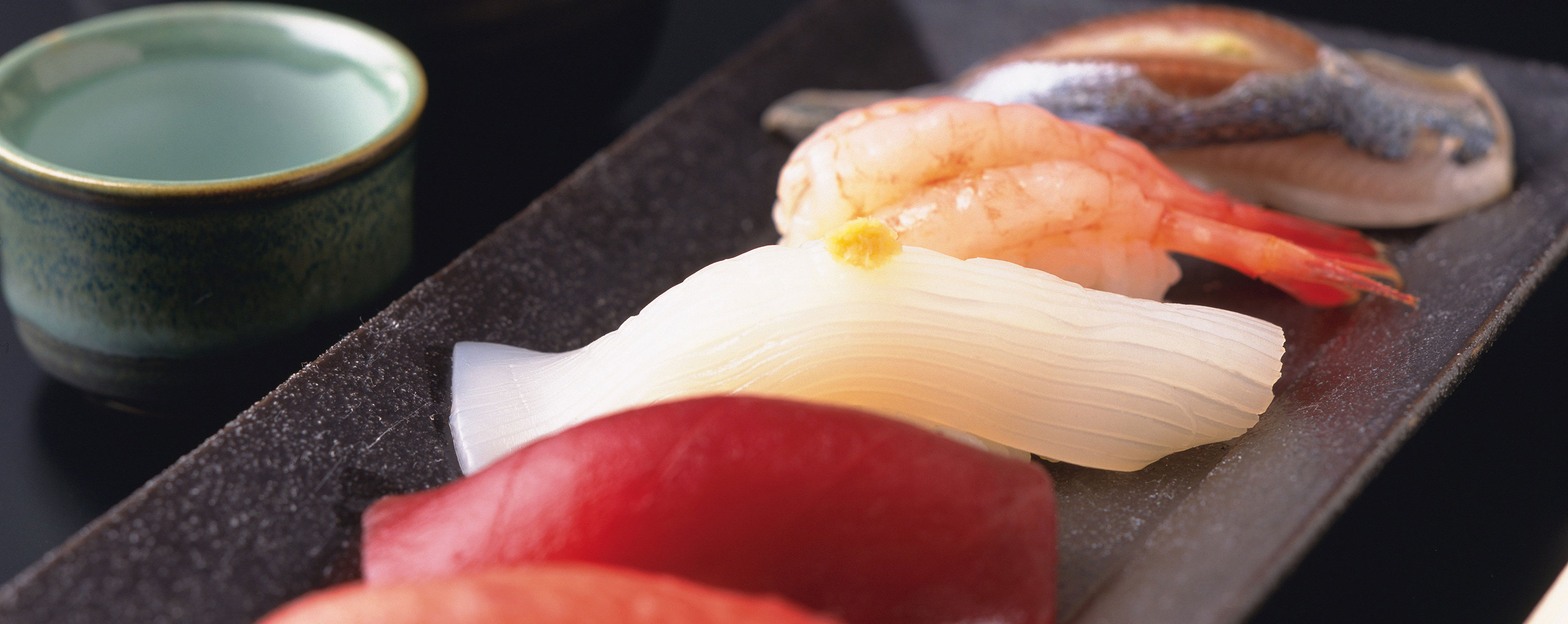
Unique geographic and climatic features of Japan present a bounty of agricultural and ocean harvested foods. From the fertile land come abundant fruits, vegetable and grain. From the sea, are marine edibles including fish, shellfish and sea vegetables. And the four distinct seasons give birth to rare seasonal delicacies which adorns the dining tables from family gatherings to sacred and festive events.
RELIGION AND FOREIGNERS INFLUENCE EARLY DEVELOPMENT
Although culturally based on a vegetarian diet stemming from the Buddhist religion, through time, Japan came to adopt many ideas and ingredients brought into the country by foreigners. Salt farming, alcohol and vinegar production began in the 3rd century. Deep-sea fishing netted marine products while irrigation farming brought grains and cereals.
During the 7th century while under strong Chinese influence, Japan discovered Shoyu, Miso and other condiments. As far as food preparations were concerned, new flavors were created as methods in kneading, boiling, roasting, vinegaring, drying, and pickling were born. During this time, due to the Buddhist religion’s ban against consuming meat, soy and fish were the main source of protein, and rice was a privilege limited to the well to do.
During the 16th century, the strictly vegetarian Zen priests consumed nutritious foods of Chinese origin such as natto, konnyaku and kamaboko. Green tea was also introduced, and soon soy sauce was put into mass production. Along with the Spanish missionaries came Christian beliefs as Japan opened its kitchens to preparing meats. In the 16th century, the Portuguese brought breads, biscuits, wine and beer into Japan via China and Korea.
From 1603 to 1867 in the Edo period, regional dishes flourished; notably Sushi, Tempura and noodles. Nagasaki cuisine became the forefront in fusion cuisine with Chinese and European influences. Much later in the Meiji Era, the government proclaims that in order to have a more balanced life, that Japanese should eat more meat. Sukiyaki became an overnight sensation. In the 1930’s, further Western influences popularized milk, creams, sauces and western vegetables.
SPECIAL DELICACIES ACCENTUATE THE SEASONS
In following what Mother Nature has to offer, Japanese cuisine reflects the seasons’ harvests, featuring foods available only during that short period of time and/or suitable for that climatic condition:
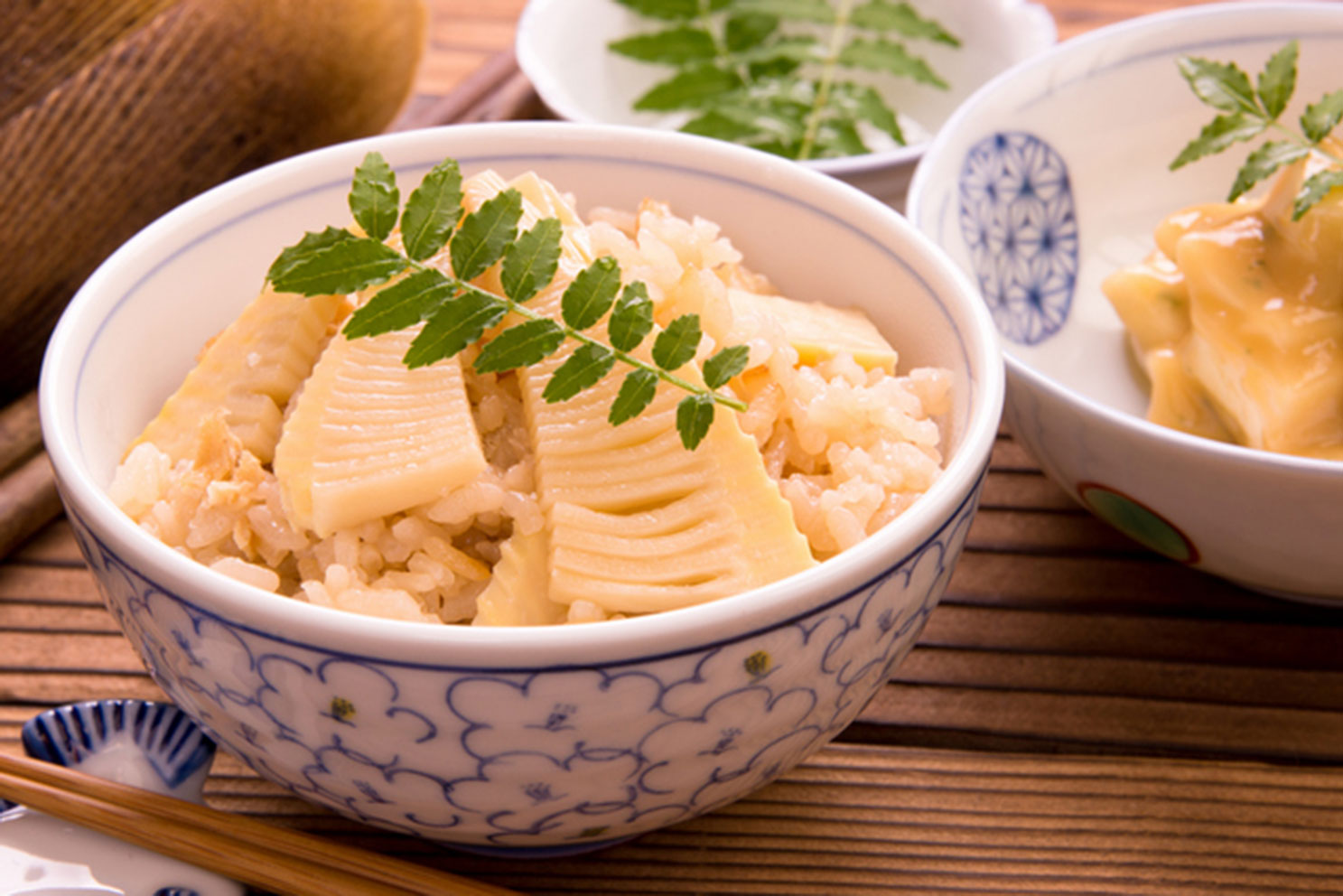
Spring: bamboo shoots
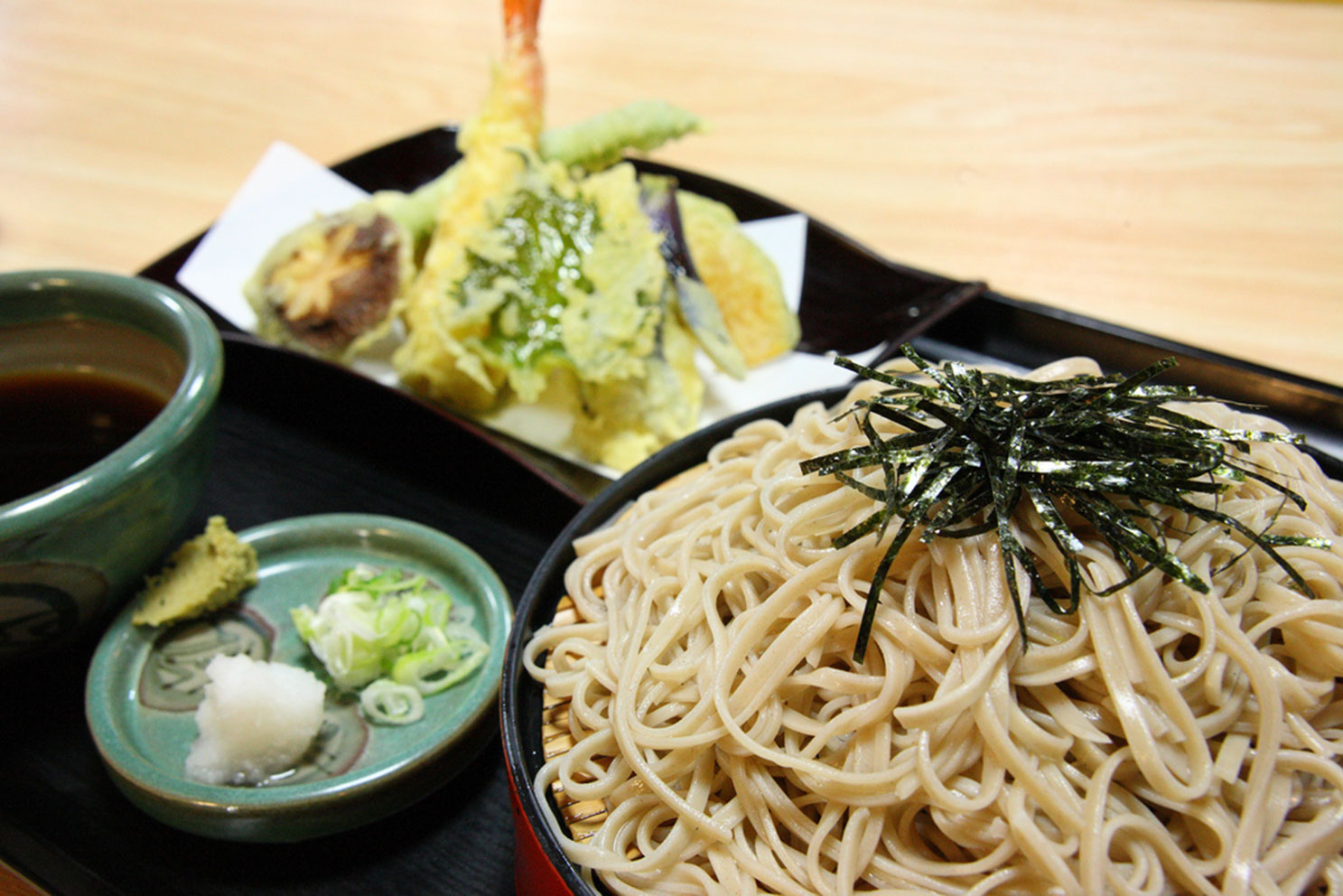
Summer: soba noodles
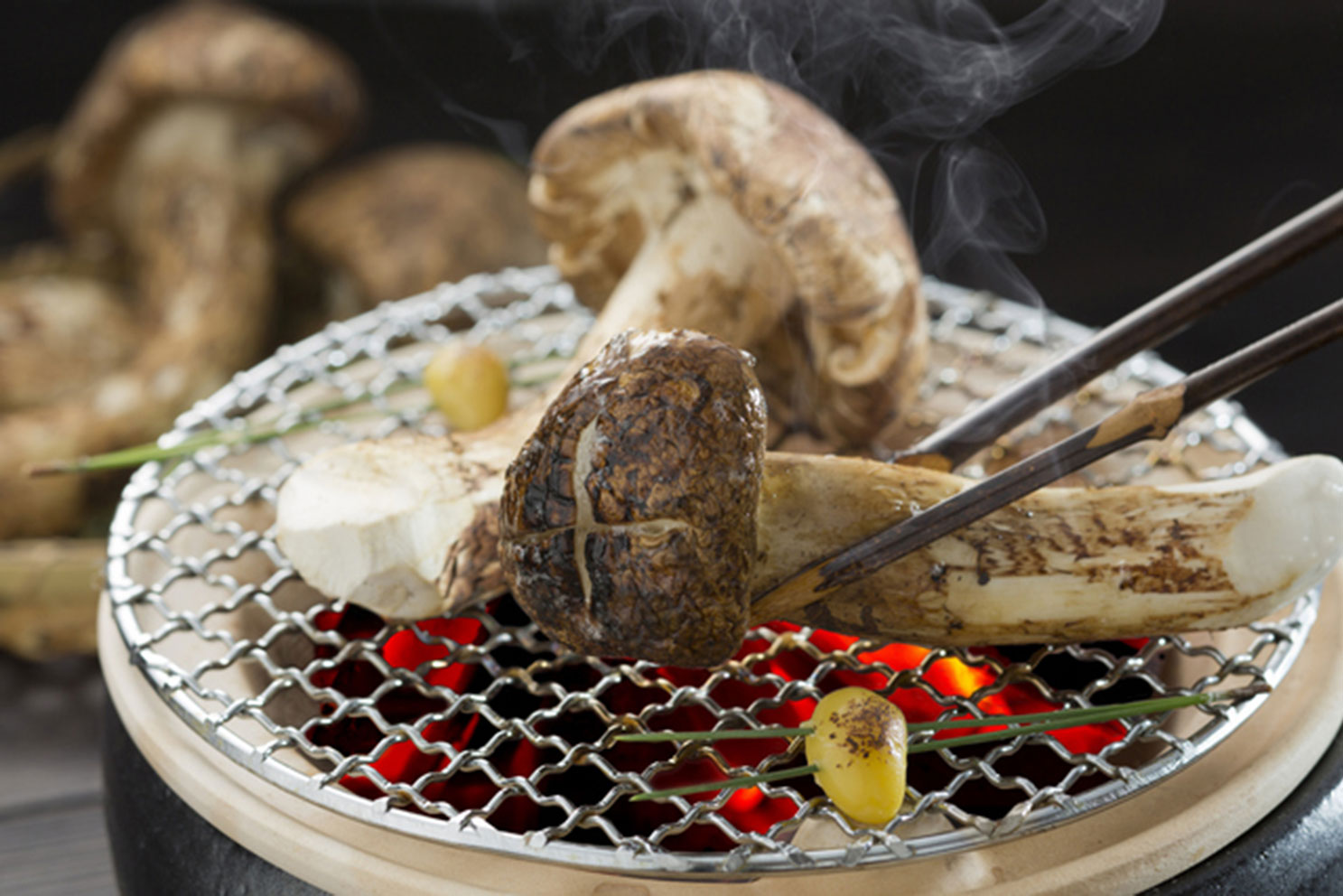
Autumn: grilled matsutake
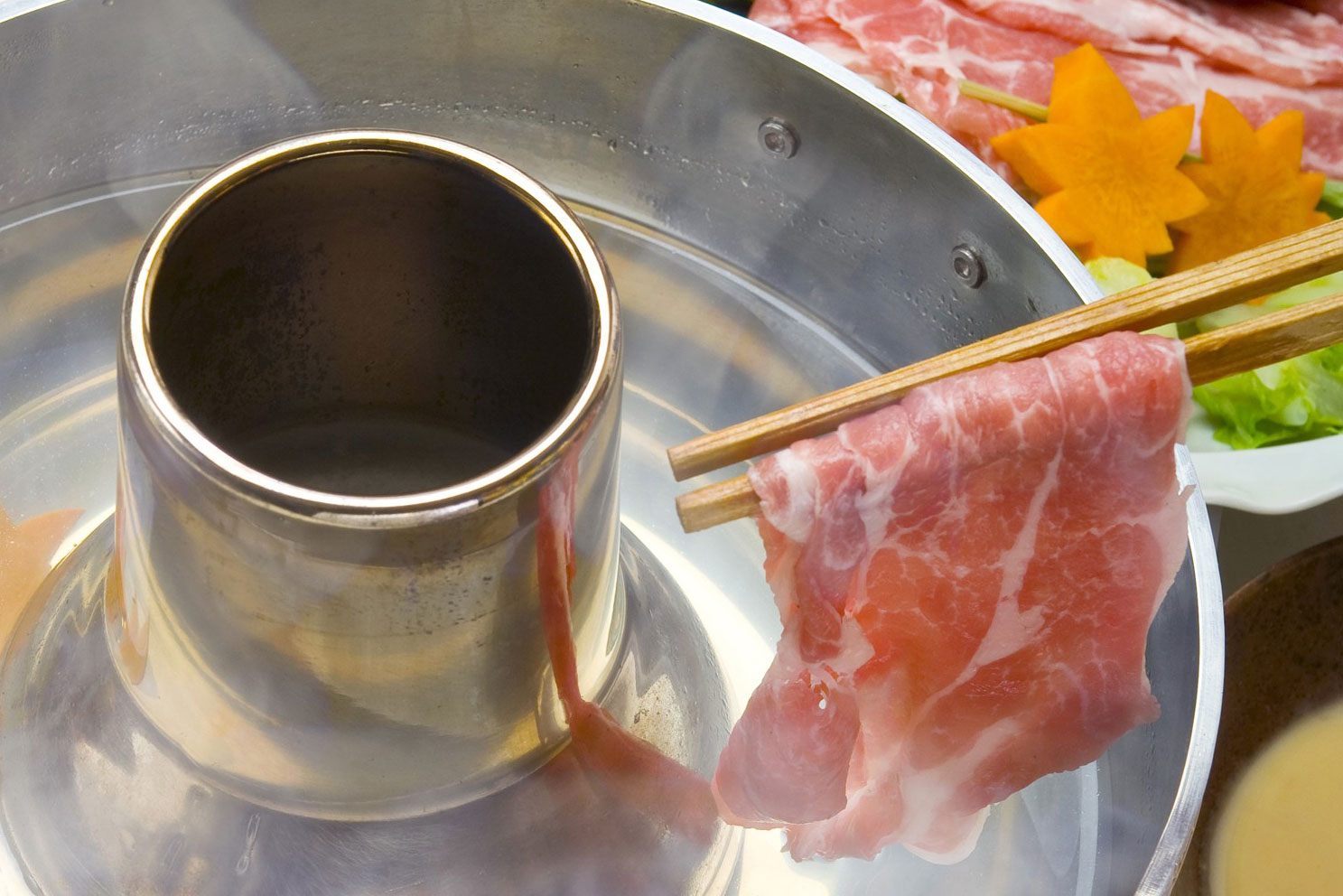
Winter: shabu-shabu
Symbolic foods appear in major festivals, with the most important New Years’ celebratory feast – dishes for good health, fortune, happiness, long life and fertility.
TRADITIONAL JAPANESE CUISINE STYLES
KAISEKI RYORI – LITERALLY MEANS “A STONE ON THE STOMACH”
This is founded on the austere discipline of Zen Buddhism, but carries characteristics to the more ancient religion, Shinto, a form of nature worshipping. Kaiseki is also an expression relevant to Zen Buddhists in old Thailand & Myanmar, who were prohibited from eating after midday. To stave off hunger during long meditation periods, the priests would hold warm stones against their stomachs, thus the name Kaiseki or “empty stone”.
Originally in the 16th century, Kaiseki Ryori developed into simple dishes to accompany the bitter Matcha powdered green tea drinks at elaborate tea ceremony events, an ancient venue comparable to present day power dining. Light meals consisting of three or four dishes were offered which helped to protect the stomach against the strong green tea. Later, this form of dining was refined to become Cha-Kaiseki, usually served in one-of-a-kind, museum quality dishes.
The original Zen Cha-Kaiseki featured one small bowl of rice, one bowl of Miso soup and one side dish: Ichi ju (one soup), issai (one side dish). As Kaiseki grew in popularity, the standard menu expanded to ichi-ju (one soup), ni-sai (two dishes) or san-sai (three dishes).
Today, there are two modern day Cha-Kaiseki styles:
The party style: an authentic immersion into the very heart and soul of Japanese culture, so refined that each dish would be considered a work of art. Form and strict etiquette protocol would dictate dining atmosphere and ambiance, from chinaware to utensils, balance and harmony, highly aesthetic, however small in serving portions.This Kaiseki style is a dining experience, and not for gastronomic satisfaction.
The second type of Kaiseki is an elegant formal type of cuisine accompanied by Sake, where the Sake is given the focal point. All food accompaniments are especially prepared to highlight the Sake. This would be a multi-course meal from featuring the five main cooking techniques from raw, steamed, boiled, grilled to deep-fried.
SHOJIN RYORI – THE VEGAN CUISINE
Based on the Zen monk’s adherence to a strictly vegetarian diet, Shojin cuisine has evolved into a highly well-balanced and nutritious offering of strictly vegan guidelines especially soybeans – no fish, meat dairy products are used. Today’s Shojin Ryori is a serene dining experience.
MODERN JAPANESE CUISINE
Rice remains the main staple in a Japanese diet; however, modern Japanese cuisine includes dishes more familiar to the Western palate and the protein source contained in beans fish, and meats are now prevalent.